1. Women’s Right to Vote
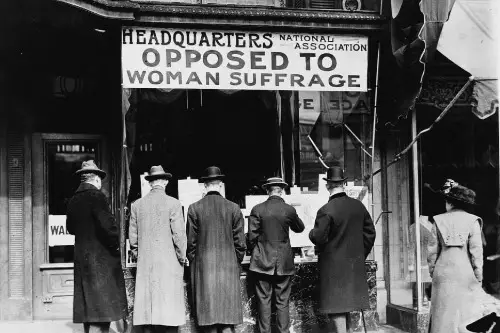
For much of American history, the idea of women voting was considered “un-American.” Women were expected to focus on domestic duties, and there was a prevailing belief that political involvement was outside the scope of their responsibilities. The suffrage movement, which spanned from the 1840s to 1920, faced intense opposition, with critics arguing that granting women the right to vote would upset the natural order of society, according to Jane Addams from the National Women’s History Museum. Many believed that women lacked the rationality and intellect required for political decision-making, rendering the idea “un-American.”
When the 19th Amendment was finally passed in 1920, giving women the right to vote, it marked a major shift in American society. Suffragists had long been labeled as radicals and their efforts denounced as “un-American.” Over time, however, the contribution of women to American politics became undeniable, and the notion that their political participation was un-American faded. The fight for women’s rights continues, but the victory of suffrage remains a cornerstone of American democracy.
2. Japanese Immigration
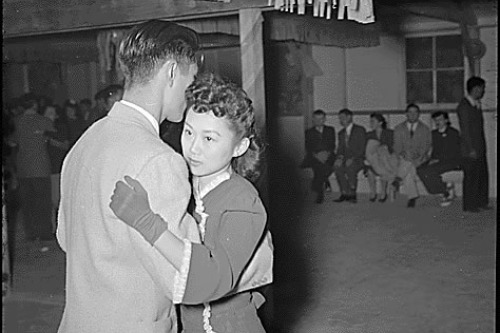
In the early 20th century, Japanese immigration to the United States was seen as “un-American” by many, particularly on the West Coast. The idea of “racial purity” was strongly tied to notions of national identity, and Japanese immigrants were often portrayed as a threat to American society, according to the Library of Congress. Laws such as the Immigration Act of 1924 were designed to severely limit the number of Japanese immigrants entering the country, reflecting widespread anti-Asian sentiment. Japanese people were viewed as incapable of assimilating into American culture, making them “un-American” in the eyes of many.
This sentiment persisted for decades, fueled by prejudice and fear of the “other.” It wasn’t until the civil rights movement and after the U.S. entered World War II that attitudes began to shift, particularly after the internment of Japanese Americans during the war. Over time, Japanese Americans showed deep resilience, contributing greatly to the fabric of American society. Today, the concept of “un-American” has evolved, but this dark chapter highlights how certain groups were once marginalized for being different.
3. Civil Rights Movement
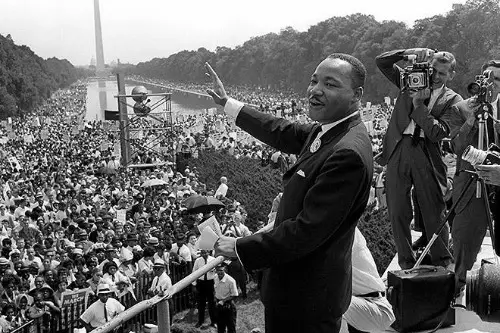
In the 1950s and 1960s, the Civil Rights Movement was often branded as “un-American” by those who opposed desegregation and equal rights for African Americans, according to Learning for Justice. Activists like Martin Luther King Jr., Rosa Parks, and Malcolm X were seen as troublemakers who were challenging the status quo of the nation. The protests, sit-ins, and marches were viewed by many as disruptive and a threat to the peace and stability of the country. Those fighting for racial equality were often accused of being “un-American” for questioning the deeply entrenched racial hierarchy.
However, the Civil Rights Movement eventually became one of the most significant moments in American history. The passage of landmark legislation, such as the Civil Rights Act of 1964 and the Voting Rights Act of 1965, showed that the movement’s goals were aligned with the fundamental ideals of the country. What was once considered “un-American” was ultimately embraced as part of the nation’s commitment to justice and equality. The movement’s impact is still felt today as it paved the way for greater social change.
4. Labor Unions
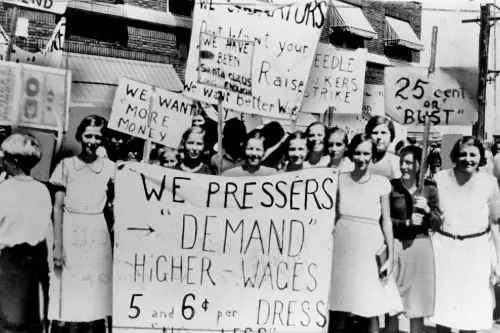
During the early industrial era, labor unions were viewed as “un-American” by many of the nation’s business leaders and political elites, according to Raisa Bruner from TIME Magazine. The idea of collective bargaining and workers organizing to fight for their rights was seen as a threat to the free-market economy and individualism. Strikes and protests often met with hostility, with workers labeled as unpatriotic for demanding better wages, hours, and conditions. The fear was that labor unions would lead to a socialist or communist uprising, undermining American capitalism.
Over time, labor unions became an essential part of the American labor force, securing important workers’ rights and protections that we take for granted today. Laws like the Fair Labor Standards Act and the establishment of Social Security were direct results of union advocacy. While unions are still controversial in some circles, they are no longer seen as “un-American” but rather a crucial part of the American workforce. The shift reflects a broader understanding of workers’ rights as aligned with American values of fairness and justice.
5. The Gay Rights Movement
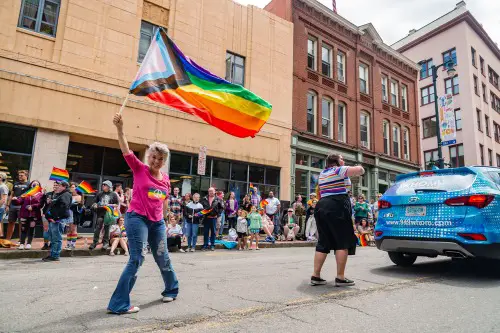
Not long ago, the idea of equal marriage and the broader gay rights movement was considered “un-American” by many. The notion that LGBTQ+ individuals deserved the same rights as their heterosexual counterparts was met with fierce opposition, particularly from conservative groups, according to Jim Downs from the Bill of Rights Institute. Homosexuality was criminalized in many parts of the country, and those advocating for equality were accused of challenging traditional American values. In the 1990s, the “Don’t Ask, Don’t Tell” policy was enacted, further marginalizing LGBTQ+ service members.
The tide began to turn in the 21st century with the gradual shift in public opinion and legal battles that led to the legalization of same-sex marriage in 2015. What was once considered “un-American” became not only legal but widely accepted, as LGBTQ+ individuals fought for and won recognition of their rights. The evolution of gay rights in America represents a broader trend of expanding the definition of “American” to be more inclusive. LGBTQ+ rights are now seen as integral to the nation’s commitment to freedom and equality.
6. Chinese Immigration
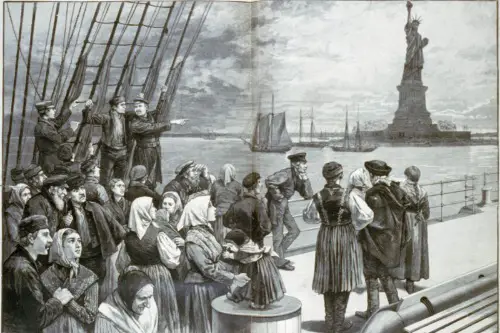
In the late 1800s, Chinese immigrants were often considered “un-American” due to racial prejudices and fears of economic competition. The Chinese Exclusion Act of 1882 was the first significant law to bar immigration to the U.S. based on race, and it specifically targeted Chinese laborers. Chinese immigrants were viewed as a threat to American jobs, and their cultural practices were seen as incompatible with American values. The fear was that their presence would erode the nation’s cultural and economic foundations.
Despite this, Chinese Americans contributed greatly to the development of the country, particularly in building the transcontinental railroad. Over time, attitudes began to shift as Chinese Americans integrated into society and proved their loyalty to the nation. The Chinese Exclusion Act wasn’t fully repealed until 1943, but the legacy of discrimination has made many people reflect on how racial and cultural differences were once considered “un-American.” Today, Chinese Americans are an integral part of American society, and their contributions are celebrated.
7. Drinking Alcohol

In the early 20th century, the temperance movement, which sought to prohibit alcohol, gained significant momentum and portrayed drinking as “un-American.” Proponents of the movement believed that alcohol was a moral vice that threatened the fabric of American society. The 18th Amendment, passed in 1919, made alcohol illegal and gave rise to Prohibition, a time when alcohol consumption was seen as unpatriotic and rebellious. Speakeasies and bootlegging became common as people found ways to circumvent the law, highlighting how the ban was unpopular with many Americans.
Prohibition lasted only until 1933, when the 21st Amendment repealed the 18th Amendment, acknowledging that alcohol prohibition had created more problems than it solved. The idea of banning alcohol was considered “un-American” by many because it infringed on personal freedoms and economic interests. The failure of Prohibition showed that attempting to legislate morality often goes against the nation’s core values of individual liberty. Today, alcohol consumption is widely accepted, and temperance views are largely seen as outdated.
8. Drug Use
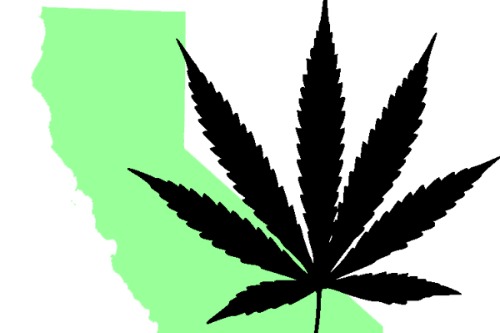
For much of the 20th century, marijuana use was considered “un-American,” with government campaigns portraying it as a dangerous, unpatriotic activity. In the 1930s, anti-drug propaganda depicted it as a menace to society, often tying its use to racial and immigrant communities. The criminalization of marijuana was deeply tied to racial and social prejudice, with those who used or sold it labeled as “un-American.” During the 1950s and 1960s, marijuana was further vilified as part of the larger counterculture movement, which was seen as a threat to traditional American values.
However, in recent years, attitudes have shifted dramatically, and this kind of recreational use is becoming increasingly accepted in many states. Legalization for medicinal and recreational use in places like Colorado and California reflects a growing recognition of personal autonomy and the failure of prohibitionist policies. What was once considered “un-American” has evolved into a significant part of the American cultural and economic landscape. This shift highlights the changing attitudes toward freedom, personal choice, and the reevaluation of past prejudices.
9. Immigrants Speaking Their Native Language

In the early 20th century, it was considered “un-American” for immigrants to speak their native languages in public. The dominant belief was that speaking English was crucial for national unity, and anything else was seen as a sign of disloyalty. Communities with large German, Italian, and other immigrant populations were often pressured to abandon their native tongues in favor of assimilation. Speaking a foreign language was seen as an attempt to resist becoming “Americanized.”
Over time, attitudes about language have shifted. Multilingualism is now seen as a cultural asset, with many Americans proud of their diverse linguistic heritage. The rise of bilingual education programs and the increasing use of languages like Spanish reflect a broader acceptance of linguistic diversity. Speaking one’s native language is no longer considered un-American but a testament to the rich diversity that shapes American identity.
10. Playing Baseball

While baseball is now widely considered America’s pastime, there was a time when the sport was considered “un-American” by some, especially during the late 19th century. In the early years, baseball was associated with gambling, working-class culture, and was often seen as less refined compared to other sports like cricket or football. The arrival of baseball in American culture was met with resistance by some who viewed it as a foreign import, even though it had roots in British games. The sport was seen as a potential threat to the values of order and decorum that some believed defined American life.
As time went on, baseball became entwined with the national identity, especially after figures like Babe Ruth elevated the sport’s status. The rise of baseball coincided with the increasing popularity of American sports and the desire for a distinctly American pastime. Today, the idea of baseball being “un-American” is laughable, as the sport holds a beloved place in American culture. The evolution of baseball’s reputation reflects how cultural traditions can shift and become deeply ingrained in national identity.
11. Punk Rock Music
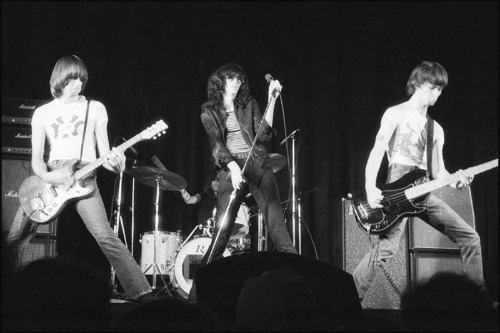
In the 1970s, punk rock music was often considered “un-American” by mainstream society. The genre’s rebellious attitude, anti-establishment lyrics, and DIY ethos were seen as a direct challenge to the conformist ideals of the time. Punk musicians and fans rejected the polished, commercial music industry, embracing raw, unfiltered expression instead. As punk grew in popularity, it became synonymous with counterculture, further reinforcing the idea that it was incompatible with American values.
However, punk rock went on to influence a wide range of music, fashion, and activism, becoming an integral part of American subculture. The genre’s defiance of societal norms was ultimately embraced by a new generation, and many of its themes—such as freedom of expression and challenging authority—aligned with American ideals of individualism. Punk rock, once seen as “un-American,” is now celebrated as an important part of the American cultural landscape. Its legacy continues to inspire musicians and activists around the world.
12. Socialism
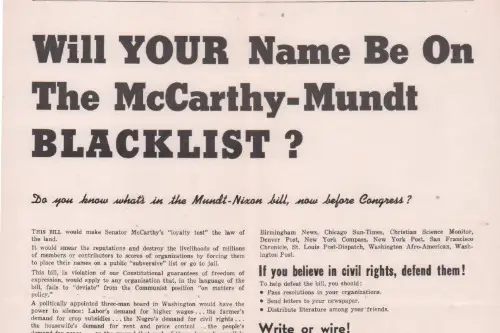
At various points in American history, socialism was considered deeply “un-American.” The Red Scare in the early 20th century, fueled by fear of communist ideology, saw socialism as an existential threat to the capitalist foundations of the United States. Socialists were often labeled as unpatriotic, and even advocating for social reforms such as workers’ rights or universal healthcare could get you accused of being a “red.” This sentiment was particularly strong during the Cold War, when anything associated with socialism or communism was seen as subversive and un-American.
However, over time, some socialist principles—like universal healthcare, public education, and social safety nets—have become core components of American society. The rise of democratic socialism in recent years, especially with figures like Bernie Sanders, shows a shift in attitudes toward these ideas. What was once vilified as “un-American” has slowly entered the mainstream political conversation. Socialism, in its modern form, is now being considered a viable solution to some of America’s most pressing challenges.
13. Yoga and Meditation

In the early 20th century, practices like yoga and meditation were often viewed as “un-American” and associated with foreign spiritual traditions. Many Americans saw them as strange, mystical practices that didn’t fit into the Protestant work ethic or American ideals of rugged individualism. The connection to Eastern religions, particularly Hinduism and Buddhism, made these practices seem incompatible with American Christianity. As a result, those who practiced yoga or meditation were sometimes marginalized as outsiders or radicals.
Today, yoga and meditation are widely practiced across the country, from elite yoga studios to school wellness programs. The health benefits of mindfulness and relaxation techniques have become well-documented, leading to mainstream acceptance. These once “un-American” practices are now celebrated for promoting mental and physical well-being. Yoga’s journey from foreign taboo to mainstream health trend reflects the evolving American perspective on cultural exchange and personal wellness.
14. Thanksgiving

In the early years of the United States, Thanksgiving was considered “un-American” by some because it was rooted in religious traditions that did not align with the secular nature of the new nation. The Pilgrims’ celebration was deeply tied to Christian faith, and some viewed it as a foreign tradition that didn’t fit with the values of a diverse, developing country. Early Americans were hesitant to adopt such a specific religious holiday. It wasn’t until the 19th century, when President Abraham Lincoln proclaimed Thanksgiving a national holiday, that it became a widely accepted American tradition.
Today, Thanksgiving is considered one of the most iconic American holidays. Its focus on family, gratitude, and community transcends its religious roots, making it a celebration that can be enjoyed by people of all backgrounds. The transformation of Thanksgiving from something seen as “un-American” to a national celebration demonstrates how traditions evolve over time to become deeply ingrained in national identity. Now, it’s hard to imagine America without this cherished day of reflection and togetherness.
15. Veganism

For a long time in America, veganism was considered “un-American,” particularly because it rejected many of the nation’s traditional food staples, like meat and dairy. The American diet has historically been centered around animal products, and rejecting them was often viewed as unpatriotic or an affront to cultural norms. In a country that prides itself on its robust agricultural industry, particularly in livestock farming, choosing to avoid animal products was seen as rejecting the values of hard work and sustenance tied to American farming traditions. As a result, vegans were often depicted as outcasts or radicals who were disconnected from the “real” American way of life.
However, in recent years, veganism has gained significant traction, both for health and environmental reasons. With growing awareness about the impact of animal agriculture on the planet and a desire to reduce one’s carbon footprint, veganism is becoming more mainstream. It’s now more common to see plant-based options at restaurants and even in school cafeterias. What was once considered “un-American” has now become a significant movement in the U.S., challenging traditional food systems while aligning with new cultural values around health and sustainability.


